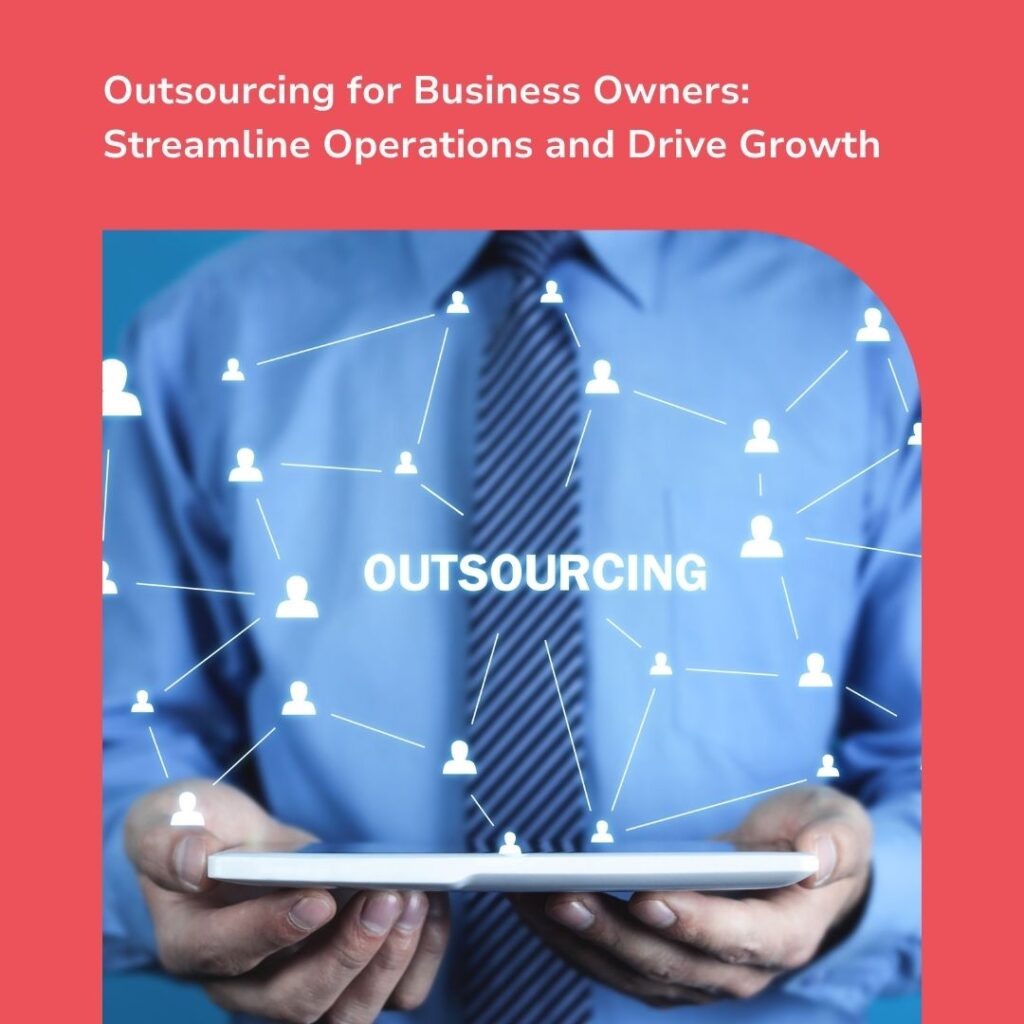Almost any marketer will tell you that data targeting is a critical part of any successful marketing strategy.
By understanding your audience and what they want, you can create content and ads that resonate with them and increase your chances of conversion.
In this blog post, we’ll discuss the power of data targeting and how you can use it to improve your marketing strategy.
What is Data Targeting?
Data targeting is a marketing technique that uses data about your customers and prospects to tailor content and ads to them. This helps you create more relevant messages for each customer, increasing the chances of engagement and conversion. You can use demographic information, behavioural data and even geographic data to tailor your messages and ads.
Data targeting works by first collecting the data that you need about your customers and prospects. This can be done through surveys, website tracking, customer segmentation, or other methods. Then, you use this data to create more personalised messages for each individual.
For example, if someone has purchased a product from your store in the past, you might target them with an ad for a related product. Or if someone has recently visited your website and read several blog posts about a certain topic, you might target them with ads for related products or services.
Types of Data That Can Be Used for Targeting
When it comes to data targeting, there are many types of data that you can use. These include:
- Demographic information – such as age, gender, occupation, location, etc.
- Behavioural data – such as past purchases and website visits.
- Social media activity – such as likes and shares.
- Geographic data – such as postcodes or cities.
- Psychographic data – such as interests and values.
- Personal information – such as name, email address, phone number, etc
Benefits of Data Targeting
Data targeting has several key advantages that make it one of the most powerful tools in a marketer’s toolkit.
The benefits include:
Increased Relevance
With data targeting, you can create more relevant and personalised messages for your customers and prospects. This can help improve customer engagement and increase conversions. For example, if you see that the same customer has been visiting your website regularly, you can target them with more personalised messages and offers.
Improved ROI
Data targeting helps you spend your marketing money on the people who are most likely to buy things from you. This means that you can get back more money than what you spent, which is amazing!
Better Customer Experience
Data targeting helps you give your customers a more personalised experience, which can increase their satisfaction and loyalty. This includes sending them relevant emails, showing them ads for products they might be interested in, and providing the information they need quickly.
Increased Efficiency
Data targeting can result in more efficient use of your time, resources, and budget. By targeting the right people, you can spend less time and money on marketing efforts that don’t produce results.
By combining these different types of data, you can create a more detailed and accurate picture of your customers and prospects that you can use to target them more effectively.
Tips for Collecting Accurate Data
If you want to use data targeting to create a successful marketing strategy, it is essential that you collect accurate and up-to-date data. Here are some tips for collecting accurate data:
Use Multiple Sources
Collecting data from multiple sources will help ensure accuracy and reduce the risk of bias. For example, you can use online surveys, focus groups, customer feedback and other sources to gain insights into your customers.
Ask the Right Questions
When asking questions, make sure that they are specific and targeted. This will ensure that you get the most accurate data possible. You can frame the questions based on your target audience and the information that you are trying to collect.
Set Up a System
Setting up a system for collecting and storing the data that you have collected will help you keep it organised and easily accessible. You can use software like Google Sheets or a database that stores all the information in one place.
Check for Consistency
When analysing data, make sure to look for inconsistencies or errors. This will ensure that the data is accurate and can be used effectively in your marketing campaigns. Make sure to update your data regularly as customer preferences and behaviours.
Double Check the Accuracy
Before using any data, make sure to double-check its accuracy. You can do this by verifying the source and making sure that the information is up-to-date.
By following these tips, you can ensure that your data is accurate and reliable, which will allow you to create more effective marketing strategies
How to Use Data to Create a Successful Marketing Strategy
Now that you know what data targeting is and what types of data can be used, let’s look at how you can use it to create a successful marketing strategy. Here are some tips
Understand Your Customers
Before you start creating any ads or content, make sure that you understand who your target audience is and what they want. Use data to get insights into who your customers are and what motivates them.
Segment Your Audience
Segmenting your audience will help you create more personalised messages for each group of people. You can segment based on demographic information, past purchases, website visits, etc. To segment your audience, you can start by creating different customer profiles based on the data that you have collected.
Set Measurable Goals
When creating your marketing strategy, make sure to set SMART goals that are specific, measurable, achievable, relevant and timely. This will help you track and measure the success of your efforts and determine which strategies are working best for you.
For example, you might set a goal to increase website visits by 5% within a certain period of time.
Create Effective Content
Use the data that you have collected to create personalised content for each segment of your audience. This will help you create more relevant messages and better target your audience with the right message at the right time. For example, if your audience includes adolescents, you can create content that appeals to them, such as educational articles or videos.
Monitor and Adjust
Once you have created your content, test it out to see how well it is performing. Track the engagement rates and set up A/B tests to see which versions are more successful. This will help you refine your marketing strategy and make sure that you are targeting your customers with the most effective content.
Make sure to track the performance of your campaigns and measure how successful they are at achieving your goals. If needed, make adjustments to optimise the results and increase your ROI.
By using data targeting and following these tips, you can create an effective marketing strategy that will help you reach your goals and increase your ROI.
Conclusion
Data targeting is a powerful tool that can help you create successful marketing campaigns and achieve better results.
With the right data targeting strategy, you can reach your target audience with the right content at the right time and increase your ROI.
Just remember to collect accurate data and test out different strategies to find what works best for you.
Good luck!









